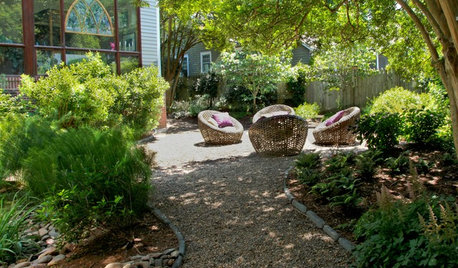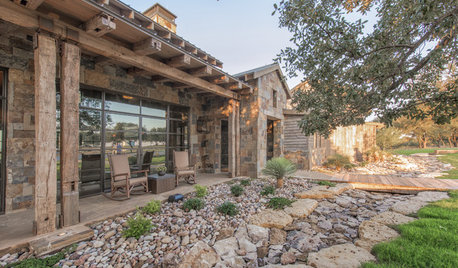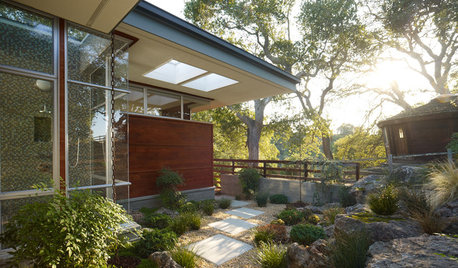Trench Composting...
ezzirah011
13 years ago
Related Stories

GARDENING GUIDESGet on a Composting Kick (Hello, Free Fertilizer!)
Quit shelling out for pricey substitutes that aren’t even as good. Here’s how to give your soil the best while lightening your trash load
Full Story
GARDENING GUIDESGardening Solutions for Heavy Clay Soils
What’s a gardener to do with soil that’s easily compacted and has poor drainage? Find out here
Full Story
GARDENING GUIDESGarden Myths to Debunk as You Dig This Fall and Rest Over Winter
Termites hate wood mulch, don’t amend soil for trees, avoid gravel in planters — and more nuggets of garden wisdom
Full Story
GARDENING GUIDES20 Favorite Flowers for Butterflies and Bouquets
Discover perennials and annuals that do double duty as butterfly magnets and versatile cut flowers
Full Story
FARM YOUR YARDHow to Build a Raised Bed for Your Veggies and Plants
Whether you’re farming your parking strip or beautifying your backyard, a planting box you make yourself can come in mighty handy
Full Story
EDIBLE GARDENSSummer Crops: How to Grow Pumpkins
Start in spring to grow your own fall decorations and have plenty left for pies
Full Story
LANDSCAPE DESIGNEasy Ways to Manage Stormwater for Lower Bills and a Healthier Earth
Send cleaner runoff into local waterways and spend less on yard irrigation with these simple landscaping approaches
Full Story
LANDSCAPE DESIGNTo Manage Stormwater Sustainably, Understand Your Site
Follow this guide to learn how water moves through your landscape and how best to manage it
Full Story
LANDSCAPE DESIGNSoak It Up: How to Manage Stormwater in Your Landscape
Permeable paving, gravel beds and planted areas in your yard can absorb and cleanse stormwater runoff. Here's how it works
Full Story
GARDENING GUIDESSoutheast Gardener's October Checklist
When you're not toting houseplants back inside or planting cool-season crops, you can start preparing garden beds for next year
Full Story






archerb
curt_grow
Related Professionals
Maple Valley Landscape Architects & Landscape Designers · Surprise Landscape Architects & Landscape Designers · Sahuarita Landscape Architects & Landscape Designers · Byram Landscape Contractors · Lyndhurst Landscape Contractors · New Berlin Landscape Contractors · Quincy Landscape Contractors · St. Louis Landscape Contractors · Tavares Landscape Contractors · Weslaco Landscape Contractors · Wethersfield Landscape Contractors · York Decks, Patios & Outdoor Enclosures · Pataskala Decks, Patios & Outdoor Enclosures · Pueblo West Decks, Patios & Outdoor Enclosures · West Bend Decks, Patios & Outdoor Enclosuresarcherb
Kimmsr
borderbarb
lazy_gardens
Climberpilot
luckygal
toxcrusadr
ceth_k
toxcrusadr